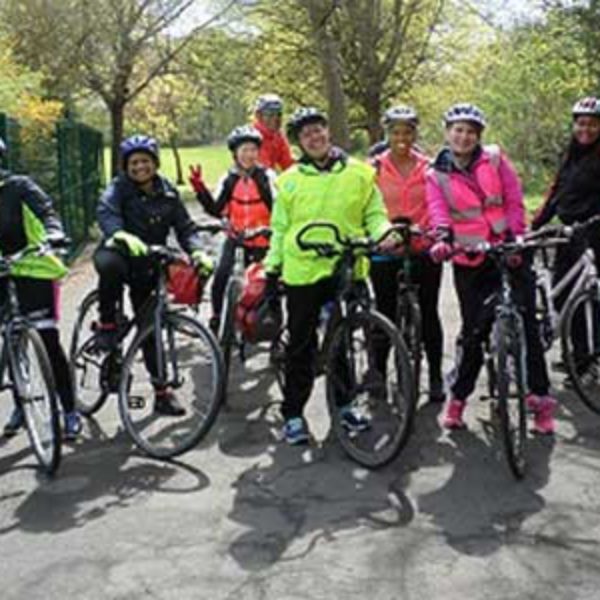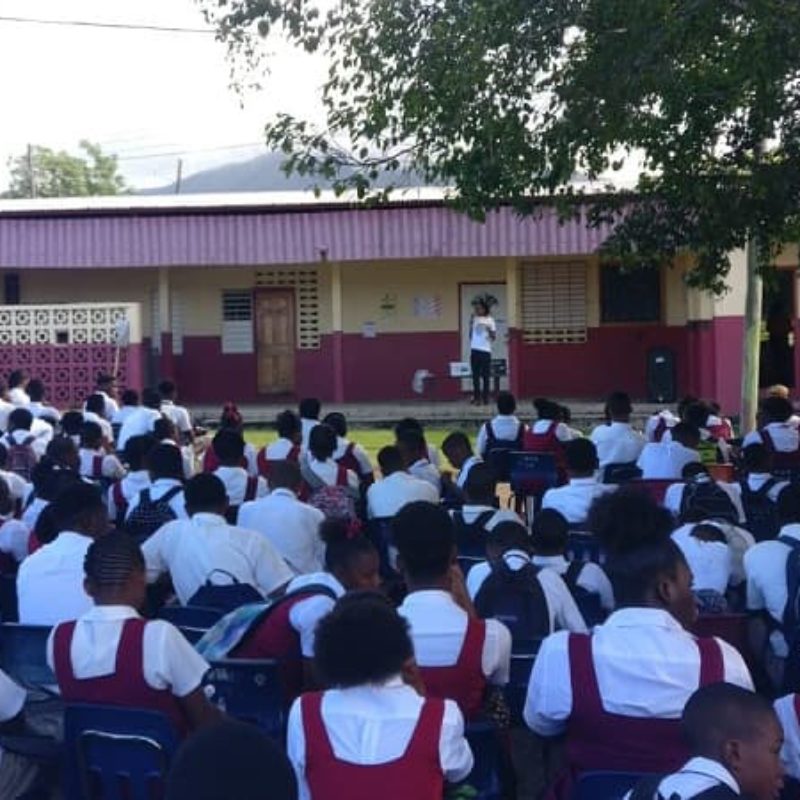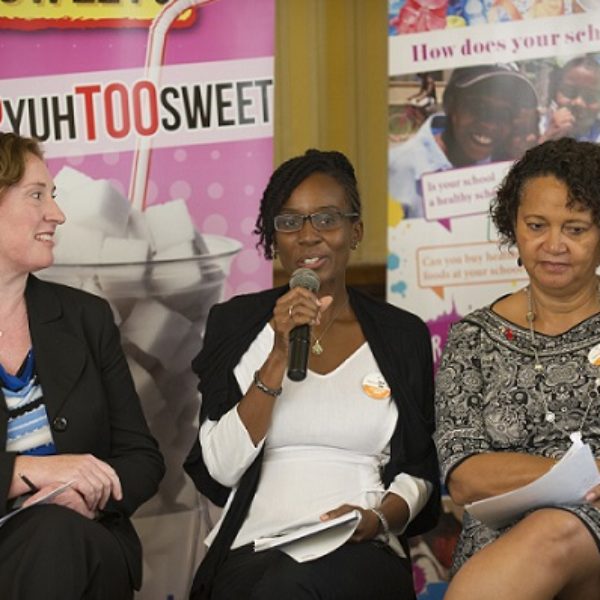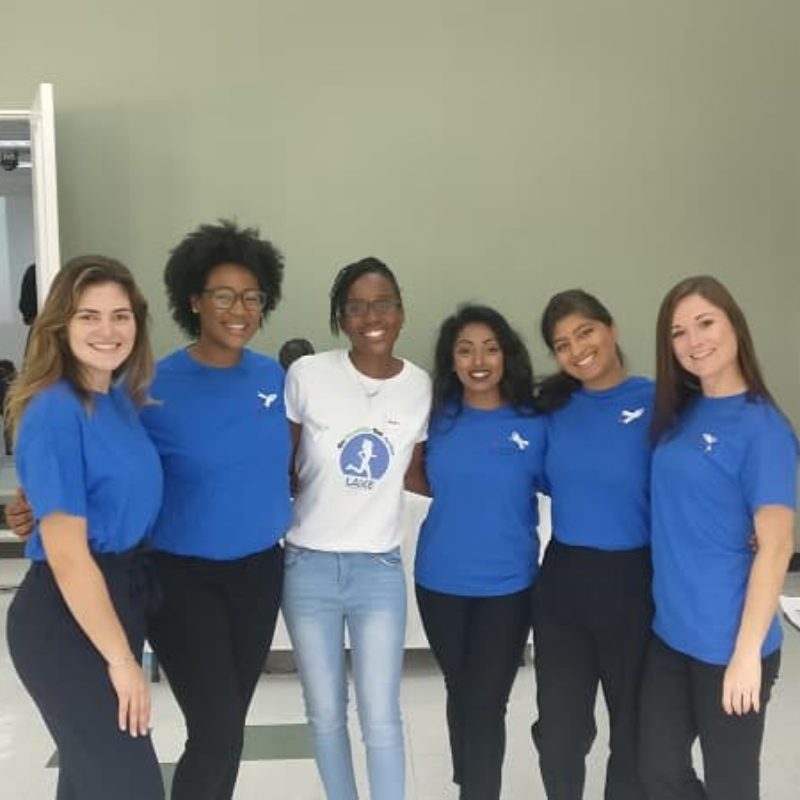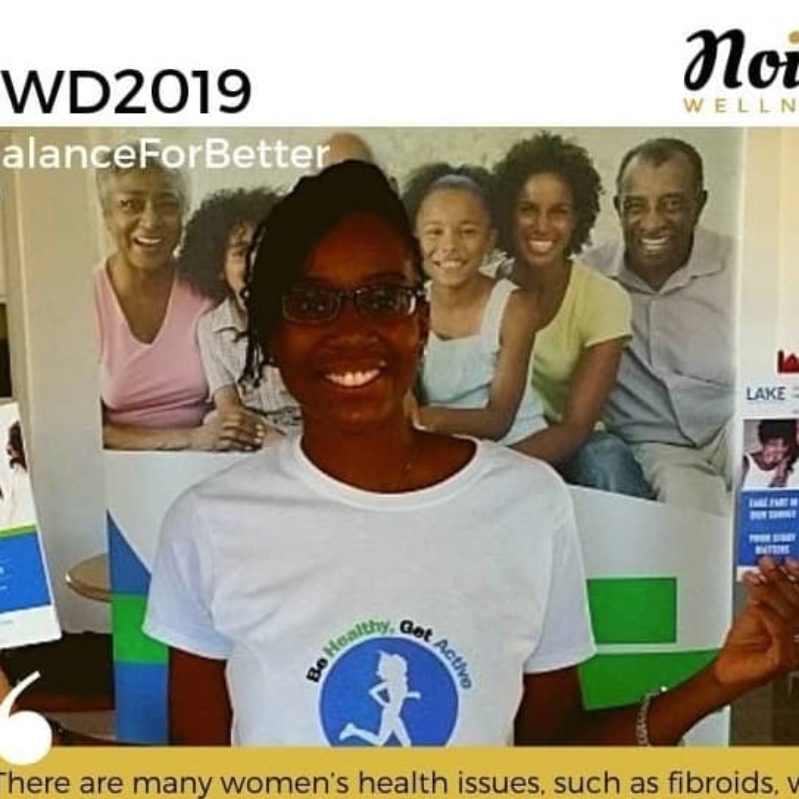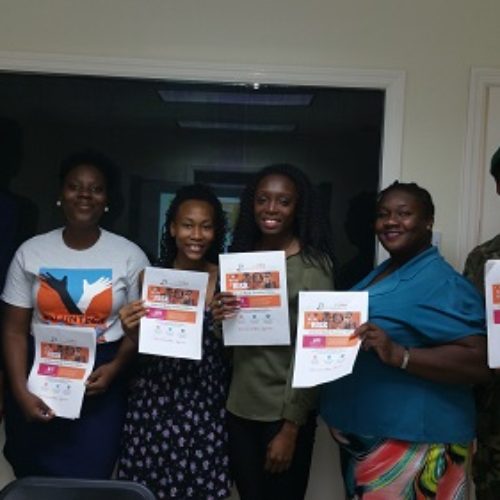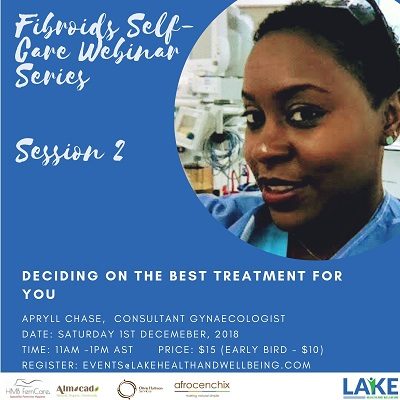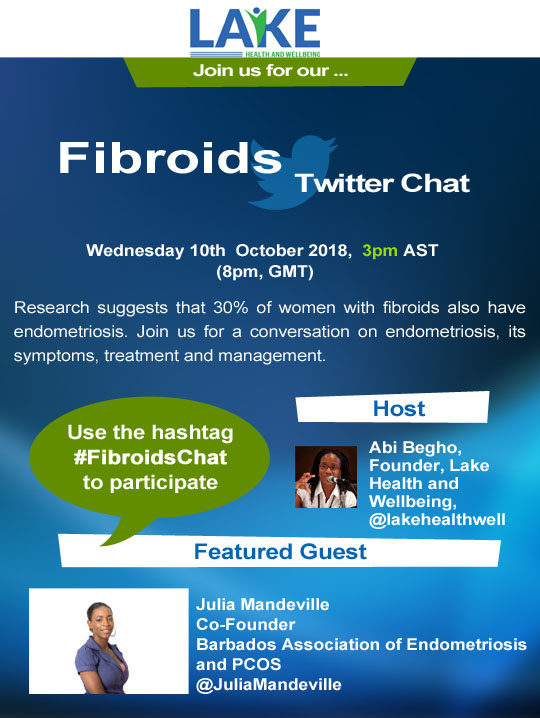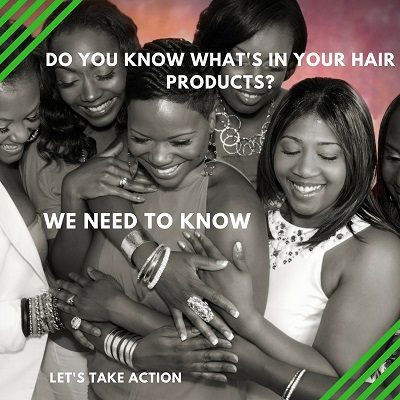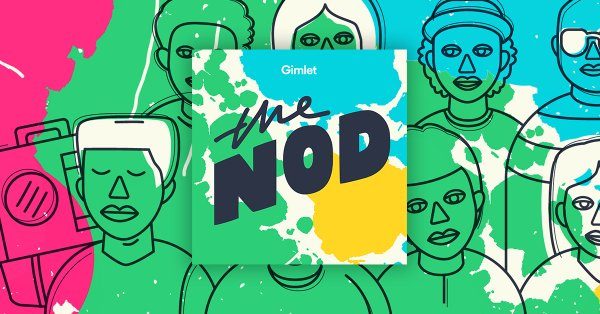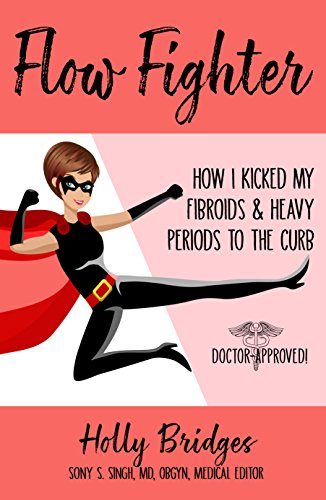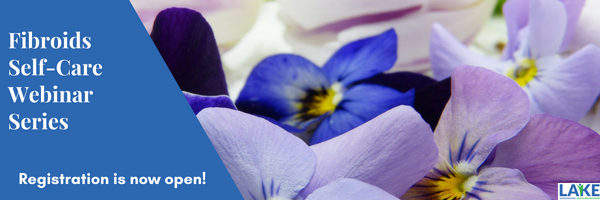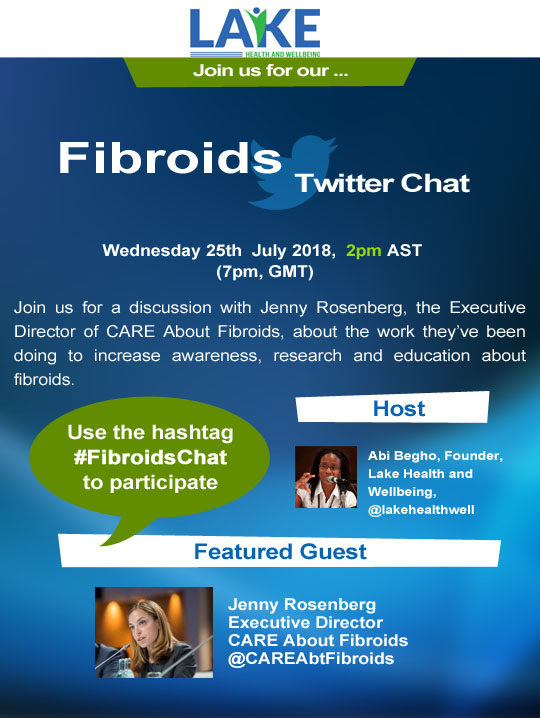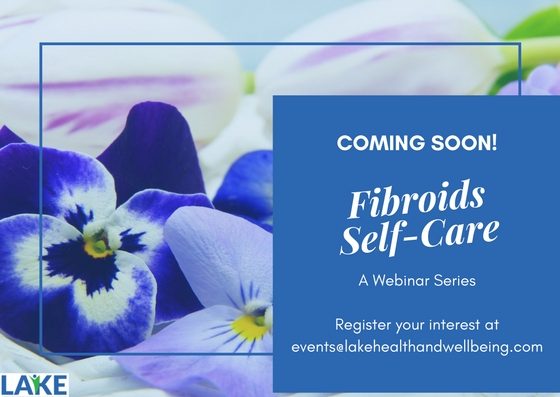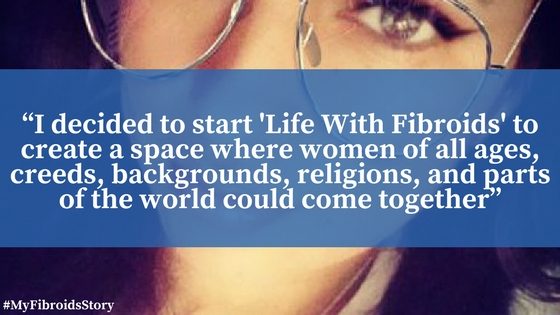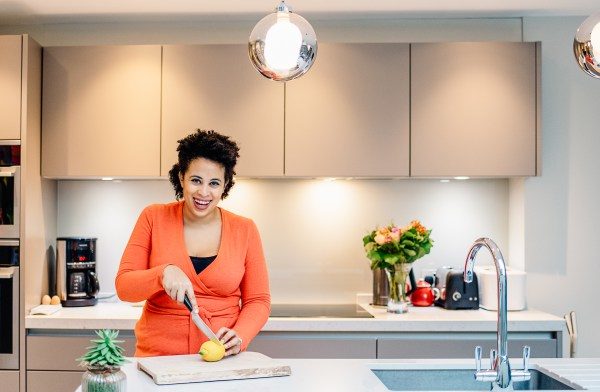Registration is Open For Our Fibroids Treatment Webinar!
We are so pleased to let you know that registration for the second seminar in our Fibroids Self-Care Webinar Series is now open!
This second webinar will focus on treatment with the topic being ‘Deciding on the best treatment for you’ and will be held on Saturday 1st December from 11am -1pm AST (that’s 3pm-5pm GMT or 10am-12pm US Eastern Time).
In this second webinar we are delighted to have as a guest speaker award-winning Consultant Gynaecologist Apryll Chase who will take participants through the treatment options for fibroids, the pros and cons of each treatment and how to make the sometimes difficult decision of selecting the best treatment for you.
Discounted Early Bird Tickets Are Now Available
Early bird tickets for this webinar are now available and are just $10 (about £8) and you can book your tickets on our website here
We Have A Special Giveaway Just For You
We’re pleased to let you know that all those who register for this webinar will be entered into a giveaway and one lucky person will win a copy of the book ‘Flow Fighter – How I Kicked My Fibroids and Heavy Periods to the Curb’ by Holly Bridges.
There is more! We’re happy to say that all registered attendees will be eligible for a 20% discount when they order hair or body products from Almocado and will also receive a free shipping code from Afrocenchix on any orders of over £20.
Other Webinars in this Series
Other webinars in the series will include:
Session 3: The Importance of Exercise, Relaxation and Me-Time, Candice Bryan, Founder and CEO, Noire Wellness, 23rd February 2019
Session 4: Hair and Body Care for Women With Fibroids, Rachael and Jocelyn, Founders of Afrocenchix, April 2019 (To be confirmed)
Session 5: Dealing with the Emotional Impact of Fibroids, Olivia Haltman, Founder, OH Services, June 2019
Session 6: Our Fibroids Stories – A Time to Share, August 2019
More Information
We hope that you’ll join us on 1st Decemeber for this really interesting online event and if you have any questions, please don’t hesitate to get in touch with us at events@lakehealthandwellbeing.com and you can book your place here
Did you miss the first webinar in our series: Fibroids, Diet and Hormones with guest speaker Le’Nise Brothers, Registered Nutritional Therapist and the Founder of Eat Love Move?
Have no fear, you can download and purchase the recording of this webinar for just $15 and you’ll have on-demand access to this in-depth session on fibroids, diet and hormones which guides you through the changes that you can make to improve your hormonal health and therefore alleviate the symptoms associated with fibroids. Find out more and download this webinar here

